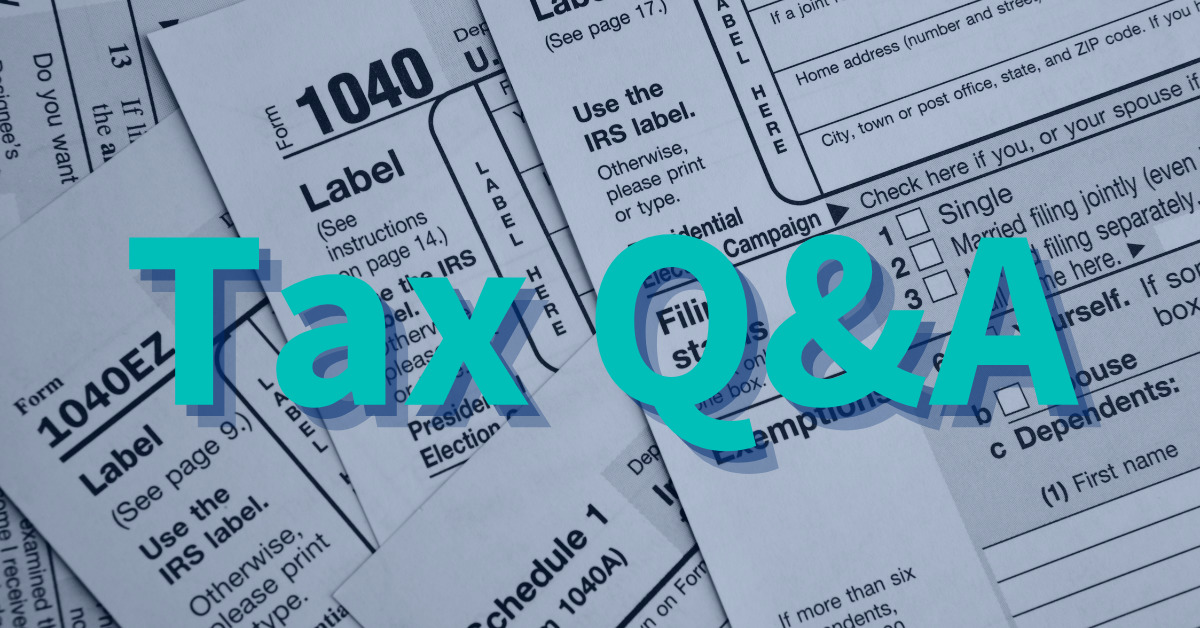You put a lot of time and energy into vetting vendors and drafting contracts. Even if things are going well with the vendor, whether you have worked with them for six months or six years, a contract audit can help ensure that contractual obligations are fulfilled and you reap the full benefits of the arrangement.
Your company can prepare for a contract audit by determining which questions to ask and what factors to consider to ensure beneficial relationships with third parties. You should not leave any money on the table if you are contractually entitled to it — especially amid market volatility.
Questions to ask
Prior to commissioning a contract audit, you should ask yourself a few questions related to the vendors and suppliers you work with. Questions will vary according to your line of business and the nature of your arrangement with the third party, but the following queries can serve as guidelines:
- Has there been an increase in what vendors charge you?
- Are there clauses in your contracts that cover price escalation? If so, has there been a significant change in the way costs are calculated?
- Do you have most favored nation (MFN) clauses built into your contracts? If so, has your company verified the validity of those or similar clauses to make sure you get what was agreed to?
- Is your company missing out on cost savings by not monitoring contracts?
Factors to consider
An audit can ascertain whether third parties are honoring all terms of the contract. A common area of for audit review is whether the third party is adhering to the terms of a contract’s MFN clause, which dictates that the company will benefit from priority pricing and terms.
Cost savings are always a key area of consideration when assessing partnerships, but a recessionary economic climate adds greater urgency to companies’ decisions to conduct a contract audit. A contract audit can show that you’re being overcharged under the agreed-upon terms and therefore could recover previous overpayments and avoid them going forward.
Example: Analyzing Pass-Through Costs
A college admissions consulting firm relies on a boutique communications firm to handle their marketing initiatives. Though the contract states pass-through costs encompass postage and delivery services, the consulting firm wonders if the communications vendor has chosen more expensive delivery options than stipulated under the contract. An audit conducted by a contract specialist shows where certain pass-through costs do not meet the terms of the contract, which facilitates recovery and future savings.
In a contract, particularly a long-term contract, every penny counts. That is especially relevant amid a high-inflation environment affecting labor, materials, and utilities costs, as well as rising interest rates and other market headwinds. Annual pricing adjustments should be reviewed carefully, and some contracts may also include volume-based or index-based pricing terms. An index can change on a daily basis, so even a penny on the index can make a significant difference.
Example: Analyzing Annual Adjustments
A chain of regional clothing retailers has a long-term sales contract with a garment manufacturer. The contract includes a clause that states items’ base selling price can be adjusted on an annual basis, according to changes in machinery, materials, and labor costs. A contract audit helps the clothing retailer determine where annual price adjustments do not fully align with fluctuations to costs in the data sets outlined in the contract and recoup some of the increased costs.
Inflation and the rising cost of doing business can also change the dynamic of partnerships. Third parties might begin requesting your company cover the rising costs of materials, labor, transportation, and other areas not explicitly stated in the contract. A contract audit can determine whether the price you are paying is consistent with market rates.
Example: Adherence to Contract Terms
A chain of Southern-style restaurants supplement revenue by selling mugs, t-shirts and home décor that celebrate country living. The merchandise supplier has recently begun charging the restaurant chain a higher rate to cover rising freight costs. Feeling the pinch, the chain hires a professional advisory firm to perform a contract audit. The audit reveals that the existing contract does not permit the supplier to charge the restaurant chain a higher rate for shipping costs, even if these costs have risen for the supplier. The merchandise supplier agrees to pay back the restaurant chain the difference for the higher freight charge.
The benefits of using an experienced advisor
Hiring an advisory firm to review a contract is not an adversarial act. Instead, working with experienced professionals helps ensure the arrangement benefits all parties, and it can strengthen the relationship further. Audits that uncover discrepancies between agreed-upon terms and operations are a critical first step toward recovering funds and refining operations for additional value, whether that means seeking a vendor that is a better fit or moving forward with the same vendor in a more equitable manner.
Audits that reveal operations are cost-effective and in alignment with contractual terms also provide value. They can tell you what to prioritize as you embark on new contracts with future vendors or enter contract renewals and renegotiations with existing partners.
There may even be instances when you decide to accept the terms of your suppliers and vendors, even if audit findings show the terms are not in the agreed-upon contract. While a contract audit can be a catalyst for contract revision, it does not have to be. The benefit of a contract audit is the insight and foresight to make the best decision for your business.
Realizing the full value of your relationships
Contracts between companies and third-party vendors can be complex. Particularly when faced with economic uncertainty, it is crucial for companies to prioritize and pursue partnerships that serve their interests and support cost savings.
Interested in learning more about risk advisory? Click here for more.
Written by Janet Smith and Rhonda Warren. Copyright © 2023 BDO USA, LLP. All rights reserved. www.bdo.com









